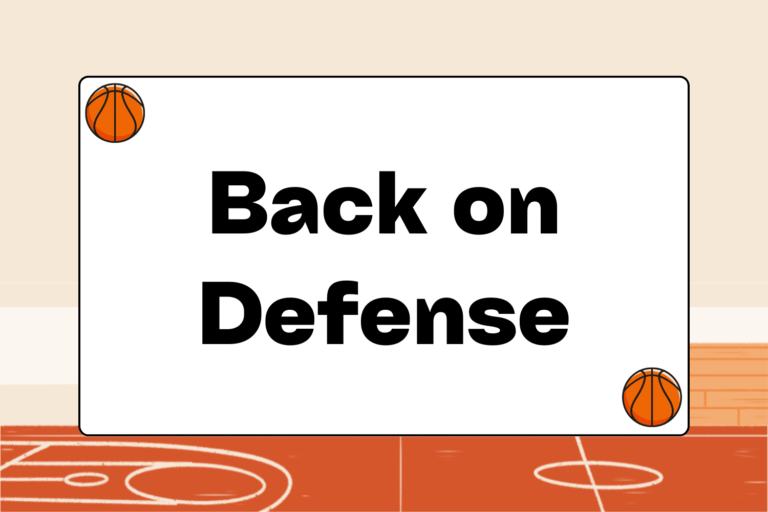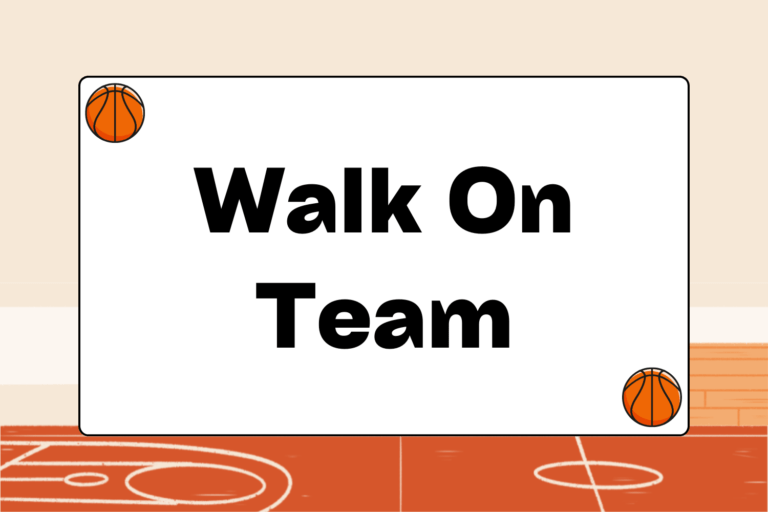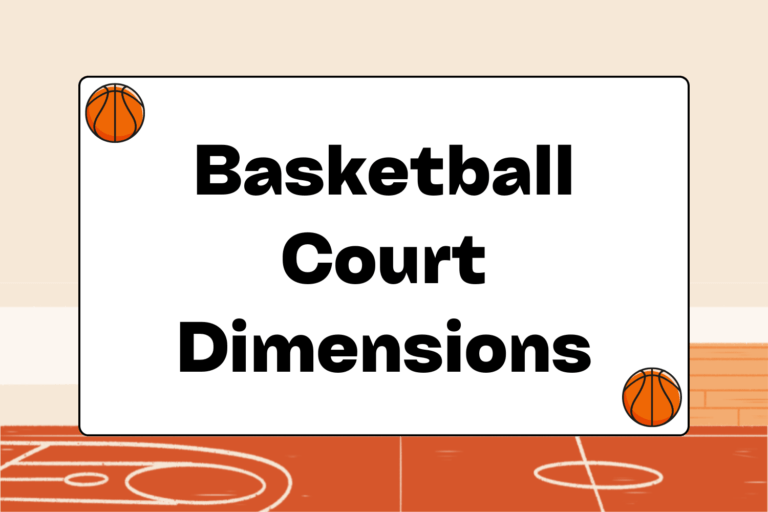Playing catch-up in the final minutes of a basketball game is not for the faint of heart: The stakes are suddenly much steeper and the pressure to perform is high. Needless to say, conditions aren’t ideal. But sparking a game-winning comeback isn’t impossible by any means. Like any other task, playing from behind is much more manageable when you have a clear-cut plan of action. Outlined below are a few strategies that will significantly increase your team’s chances of success as the final seconds expire off the clock.
Defensive Strategy
The overall objective on defense doesn’t change because your team is behind and you are running short on time: Preventing the opponent from scoring is still the primary goal. However, your defensive priorities should shift slightly in this situation. Generally, an offense’s time of possession is irrelevant if the defense forces a bad shot or prevents scoring. For example, forcing an offensive opponent to eat up the entire shot clock is usually a huge victory for the defense. But that’s not the case when your team is behind; losing precious seconds could be more detrimental than allowing an opponent to quickly score.
Full-Court Press
It’s in the opponent’s best interest to lollygag and waste time while bringing the ball up the court. One way to prevent stalling is to institute a full court press. By applying full-court defensive pressure, you can force the offense to make decisions under duress. All you need is an offensive player to panic or make a lazy pass and you capitalize on the mistake and regain possession of the ball.
Focus on the Steal
Taking the ball away from the opponent is always a good thing, but going for the steal generally isn’t the focus of most defenses. Rather, the majority of defenses aim for containment — limiting the type and number of offensive shots taken. But when your back is up against the wall, so to speak, going for the steal needs to be a top priority. You always want to go for the steal as soon as the ball is inbounded, so as to waste as little time as possible. If you successfully obtain possession of the ball, then all is good. But if your efforts are not fruitful you may need to foul to stop the clock.
Amazingly True Story
Here’s the situation: There are 35 seconds left on the clock and your team is down by 10 points. If you think a comeback of such massive proportions is impossible, think again. On December 12, 2004, all-star NBA shooting guard, Tracy McGrady, did just that.
McGrady scored 13 points in 35 seconds to rally his team from a 10 point deficit. This amazing feat remains one of the greatest comebacks in NBA history.
Clock Management & Fouls
Managing the clock is of the utmost importance when attempting to make a comeback. And intentionally fouling the opponent is one of the best ways for the defense to control the flow of the game clock. However, when it comes time to foul, it is important to remember that all fouls are not created equal. Here are a few guidelines that should be followed when fouling late in the game.
Try to avoid shooting fouls:
The point of fouling is to optimize your team’s chances of emerging victorious. So sending the opponent to the free throw line when not necessary, can be counterproductive. If you are in a situation in which you need to foul, fouling before the opposing team has a chance to attempt a shot will help you avoid this mishap.
Don’t use excessive force:
You must make contact with the opponent in order to get whistled for a personal foul, but don’t make the mistake of overdoing it. When the game is tight and a team is playing from behind, most referees will look for the defense to purposely foul. Using excessive force in these situations is bad sportsmanship and you can be penalized with a flagrant or intentional foul. These types of fouls are certainly bad news because they result in free throw attempts and a subsequent possession for the opponent.
Use the bonus to your advantage:
When a team commits seven or more fouls within a half, an extra penalty is assessed for each subsequent foul. When the foul count is between seven and nine, the opponent is awarded a one-and-one foul shot. It can be beneficial to rack up enough fouls to put a team in the bonus, because fouling would stop the clock and give your team an opportunity to obtain possession faster by securing a rebound on a missed one-and-one shot.
Offensive Strategy
The more shots you take, the better your chances of scoring. And when you’re fighting to stay in the hunt, more points is never a bad thing. That’s why it’s important to do everything in your power to optimize your team’s number of scoring opportunities. Here are a few tips for doing just that:
Quick Outlet Passes
The faster you can get the ball into the hands of your point guard (or another capable ball-handler), the sooner you can set up your offense. As such, it’s important to stress the significance of speedy outlet passes. If you’re not a ball-handler, don’t eat up precious seconds by holding the ball in the backcourt; get that ball out of your hands and up the court as soon as possible.
Timeouts
The clock continues to run unless the ball is dead. The good news is that you can use your timeouts to stop the clock if necessary. But remember, you can only call a timeout when your team has possession of the ball or when the ball is not in play (after a made basket or a foul, or before the ball is inbounded). Calling a timeout after scoring to bring the game within a shot or two is generally a good idea. The breather will give your team a chance to set up on defense while also re-charging.
Preparation is Key
One of the toughest parts of coaching is accepting the fact that you have limited control over the outcome of the game. You could say all the right things, call the perfect play, and still not win the game. But preparing your team to play when they are behind will significantly increase your chances of success. So take the strategies outlined above to heart and you’ll have a chance to come out on top every game.





